At the heart of it all, art captures one person's interpretation of the world surrounding them. This is why creating art, choosing to reveal it and appreciation of the various genres is a truly personal experience.
As an artist, the simple act of opening your sketchbook, hanging that framed picture, placing the sculpture, setting up your craft table is like exposing your soul. What you have labour over in seclusion is revealed to the world and lays bare your values, spirit and essence. Suddenly you're open to judgement.
Likewise, censorship is a very personal experience. In the early days of Etsy, the online market, sellers were appalled to discover that mature subject matter would be hidden in site search functions, and that classification was out of the artist's hands. As in the wider population, nudity was confused with pornography, and even the definition of the latter became muddled. What one artist saw as a creative rendition of human form equated to a hard-core exposé by another. Body parts should be clothed, was the underlying message, and flesh exposure scrutinized.
"Think of the children," is the usual excuse given.
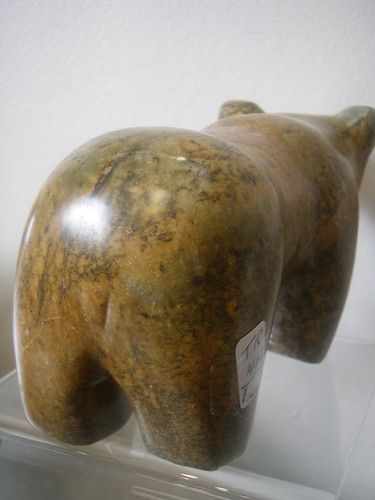 |
| too cheeky? provocative to bears? by Tom Reid |
So which body parts are OK, and how much? And what about religious, violence, political or other sensibilities? A recent encounter with censorship within the society got some of us wondering. Luckily we haven't had to tell Michelangelo to move into a different subject matter but should we be concerned with what our members choose to create? It's a topic that most cooperative artist societies face and it's difficult to confine to only one definition of "what is appropriate" without limiting artistic growth and exploration only to subjects suitable for children.
Our gallery space isn't suitable for exploration of hard core imagery, but is a little butt cheek or areola going too far?
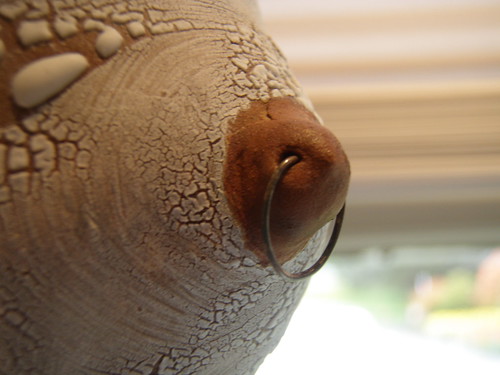 |
| eye-wateringly fine detail - fetish or medical illustration? from Myrta Hayes |
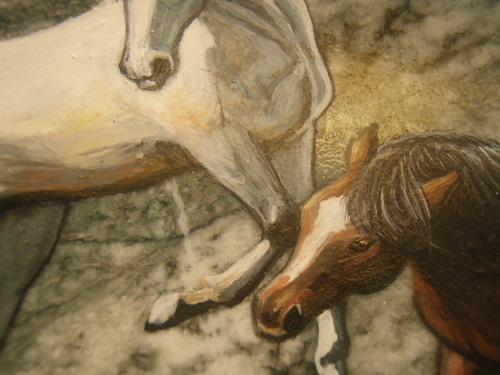
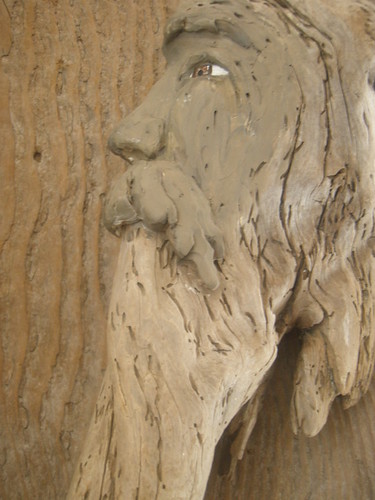

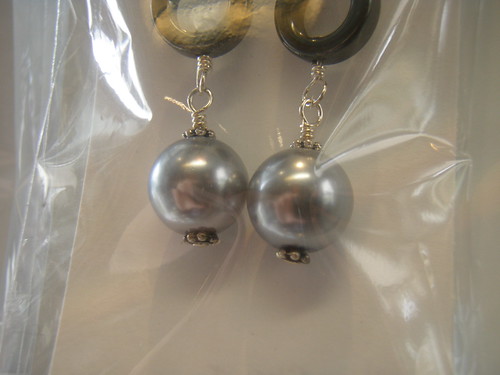


No comments:
Post a Comment